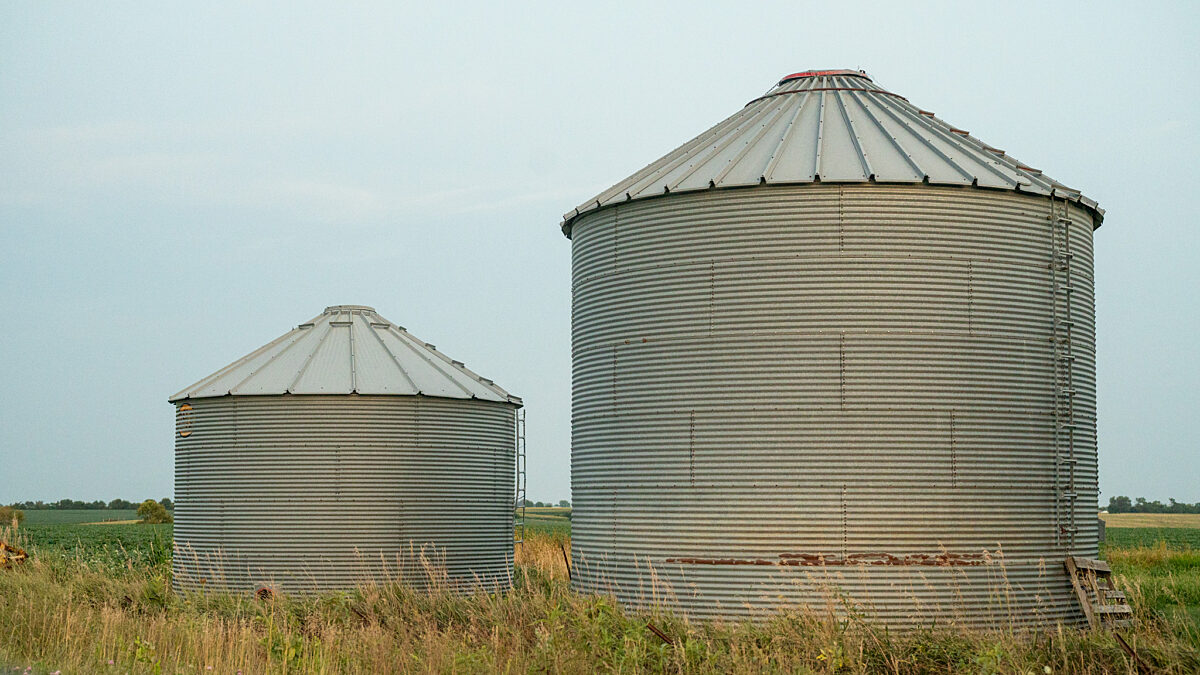Agriculture, the Backbone of our Economy
Zippy Duvall
President

photo credit: AFBF Photo, Sydney Garrett
Zippy Duvall
President
Across the country this morning, men and women in every region and every state are rising to grow the food, fiber and renewable fuel Americans depend on. Most of them have been working for hours before sunup this morning, and many will be working still as the sun dips below the horizon this evening. The days are long on the farm, and the work is hard. Farmers and ranchers don’t shy away from a hard day’s work, though. We know our nation is counting on us, not only to keep our food supply secure but also to help fuel our economy.
The latest Feeding the Economy report highlights the critical role U.S. agriculture plays across our economy. While fewer than 2% of Americans are farmers, 100% of Americans need a farmer, every day. Farmers are the key to a long supply chain, from tractor manufacturers upstream to grocery stores downstream. Today, this supply chain directly makes up more than one-seventh of the U.S. economy. In 2024, the direct and indirect economic impact of the agriculture supply chain totaled $9.5 trillion, or one-third of the U.S. economy. To put that in terms of the global economy, if the U.S. agricultural supply chain were its own country, it would support the third largest economy in the world. Let that sink in for a minute. That is an American-grown success story.
Agriculture’s economic value is fueling jobs too. In 2024, direct employment in the food and agriculture supply chain grew by more than 1 million jobs. Altogether, jobs directly in the food and agricultural supply chain make up 15% of employment in the U.S., for a total of more than 24 million jobs. When you add in all the jobs supported by agriculture, the yields nearly double. From scientists and researchers to engineers and truck drivers, farmers and ranchers and their supply chain support more than 47 million jobs in the U.S.
We know Americans are counting on farmers.
As farmers and ranchers know from hard, personal experience, yields are not guaranteed. One good season—or even one dozen good seasons—does not guarantee the next. We cannot take agriculture for granted. Most consumers got a glimpse of this truth with the empty grocery store shelves at the height of the COVID-19 pandemic, and with the egg shortage this year. But our memories can be short, and most folks do not understand the tremendous pressures farmers and ranchers are facing.
From inflation and rising labor costs to an outdated farm bill, many farmers are operating on razor thin margins, and some cannot hold on for a better season. Farm bankruptcies were up 55% from 2023 to 2024, and more than 141,000 farms went out of business from 2017 to 2022, according to USDA’s Census of Agriculture. I give these reminders not to be despairing but to remind us of how important it is that we remain committed to strengthening American agriculture. That’s why Farm Bureau is actively engaging with lawmakers and leaders across Washington and across the country. From Capitol Hill to federal agencies, we are taking a seat at the table to address the challenges facing agriculture. We know Americans are counting on farmers, and farmers are counting on us.
Farmers and ranchers have been raising American-grown products for generations. And if we’re going to keep agriculture strong to ensure a secure food supply and to help feed our economy, we need to ensure that farmers and ranchers have the tools they need. Farm Bureau is committed to being the leading Voice of Agriculture because we understand how high the stakes are for farmers, ranchers and rural communities. Our nation is stronger when farmers and ranchers have the resources, tools and freedom to do what we do best: feed our nation and our economy.